Meet our CODE_n CONTEST Finalists 2016: Toposens from Germany
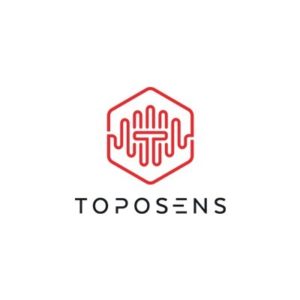 Toposens, one of our CODE_n CONTEST finalists of the Connected Mobility cluser, builds innovative 3D sensor technology and is developing a completely new method of localizing 3D positions through ultrasound and radar for the precise 3D detection of objects in real time. The Toposens sensor system generates new ways of providing non-optical vision for technical objects, such as robots, autonomous vehicles, or IoT systems. The founding team consists of the two engineers Alexander Rudoy and Rinaldo Persichini and Tobias Bahnemann, who we’ve talked to in this interview.
Toposens, one of our CODE_n CONTEST finalists of the Connected Mobility cluser, builds innovative 3D sensor technology and is developing a completely new method of localizing 3D positions through ultrasound and radar for the precise 3D detection of objects in real time. The Toposens sensor system generates new ways of providing non-optical vision for technical objects, such as robots, autonomous vehicles, or IoT systems. The founding team consists of the two engineers Alexander Rudoy and Rinaldo Persichini and Tobias Bahnemann, who we’ve talked to in this interview.
What is Toposens all about? How did you come up with the idea?
Toposens builds innovative 3D sensors, which can perceive their surroundings via ultrasound in real time. Basically, we transfer the ability of a bat to see in the dark to technical devices. It is small, low power, robust and precise, available for a competitive price and protects privacy. The sensor can be used for gesture control, collision avoidance and to track people.
During his mechatronics studies, Alexander Rudoy wanted to build a toy robot fish that swims around in an aquarium, powered by electromagnetic fields. For this purpose, he needed a 3D sensor to locate the fish underwater. There was no suitable sensor available on the market due to technological issues or because they were too expensive. Therefore, Alex started developing the algorithm for the 3D ultrasound sensor over the course of the following three years by himself. In 2014, he got together with Rinaldo Persichini and Tobias Bahnemann and they started Toposens.
“Digital Disruption“ – that’s the motto of this year’s CODE_n CONTEST. What makes your solution innovative, what makes it disruptive?
Toposens did not improve existing technology – we developed a novel technology from scratch that is superior to the existing ones in many important aspects. Even though ultrasound has been used for a long time, our algorithm allows us to be the first one to receive 3D “images” from a single ultrasound sensor system.
The specifications of ultrasound technology make it possible for the first time to build a 3D sensor system which is mobile, low power, robust and reasonably priced.
You’re one of the 13 finalists in the Connected Mobility contest cluster. Which challenges do you think young companies have to face in this sector? How do you handle these challenges?
The Connected Mobility market is dominated by big companies. If you want to have a share in it, you need a really outstanding product that delivers a significant benefit to its users. This is not easy, because your small startup team has to compete with the R&D departments, which are staffed with hundreds if not thousands of great and experienced people. To be able to stay ahead of the competition, you have to concentrate on your strengths as a startup – agile development, quick decision making and the ability to build something great with small resources!
If you have a great product, the next challenge is to launch it on the market successfully! This requires thorough research, a great go-to-market plan and the flexibility to adapt to your customers’ wishes. You should really know your market and your customers well. Try to get as much feedback from them as early as possible. Lastly, you should not wait too long and keep on working forever on your product but just take the leap and do it!
Your sensor system has applications in various industries. In which do you see the most potential for your technology and company in general, which has been called the “Bavarian Batman” before?
In the short-term, we see the biggest potential in the people tracking market. Tracking people is needed in many different areas, such as counting customers in retail stores, controlling your smart home (turning on and off lighting, heating, TV etc.), ambient assisted living (detecting falls or other behaviour anomalies within elderly people’s homes) or monitoring dangerous areas in factories (e.g. around robots). We can offer significant advantages in these area over existing technologies such as 3D cameras: complete anonymity, low-cost, small and mobile.
In the long-term, we see the biggest potential in the robotics market. We will be able to supply robots and technical devices with “bat”-vision and enable them to perceive their surroundings to better interact with people. Collision avoidance will become relevant for many different areas in the future: Autonomously driving cars, logistics systems or household robots are just some examples. We will contribute to the digitalization of our everyday and professional lives and automate lots of arduous and pointless processes.
Thanks for the interview!


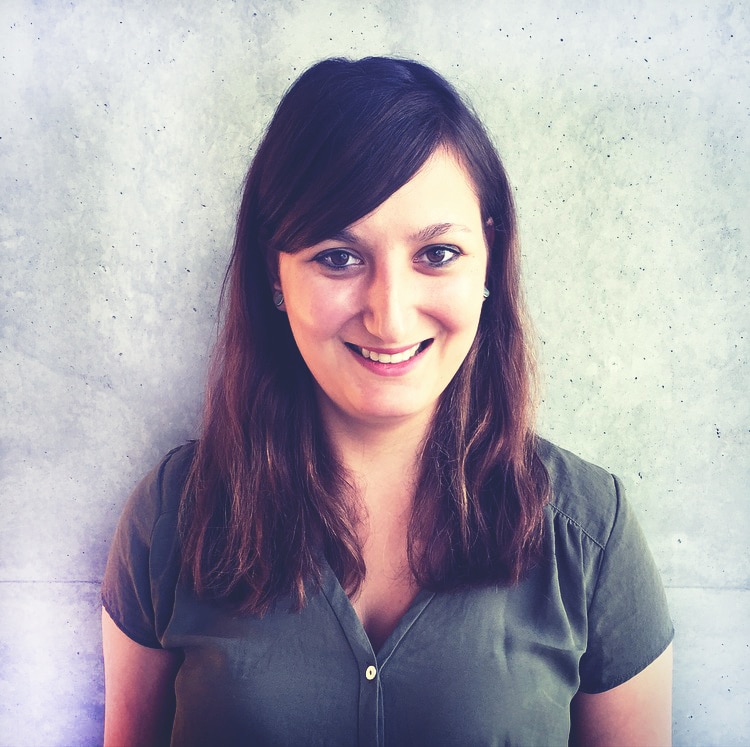
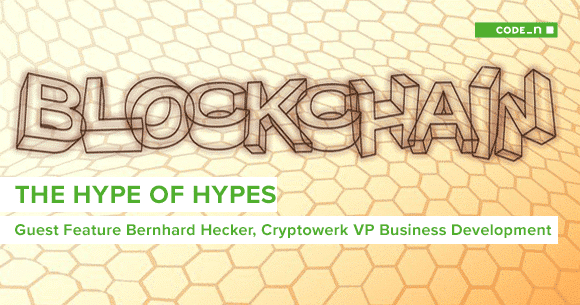
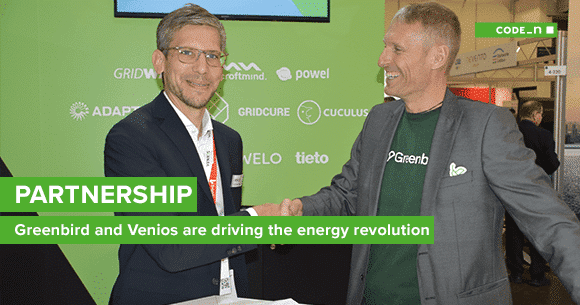
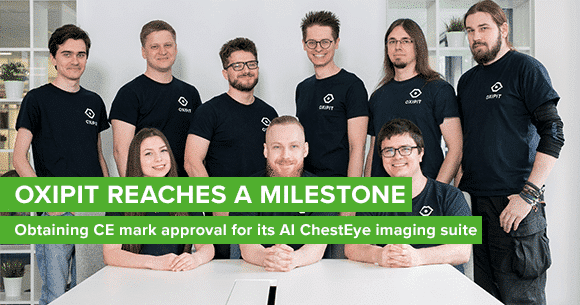
Write a comment